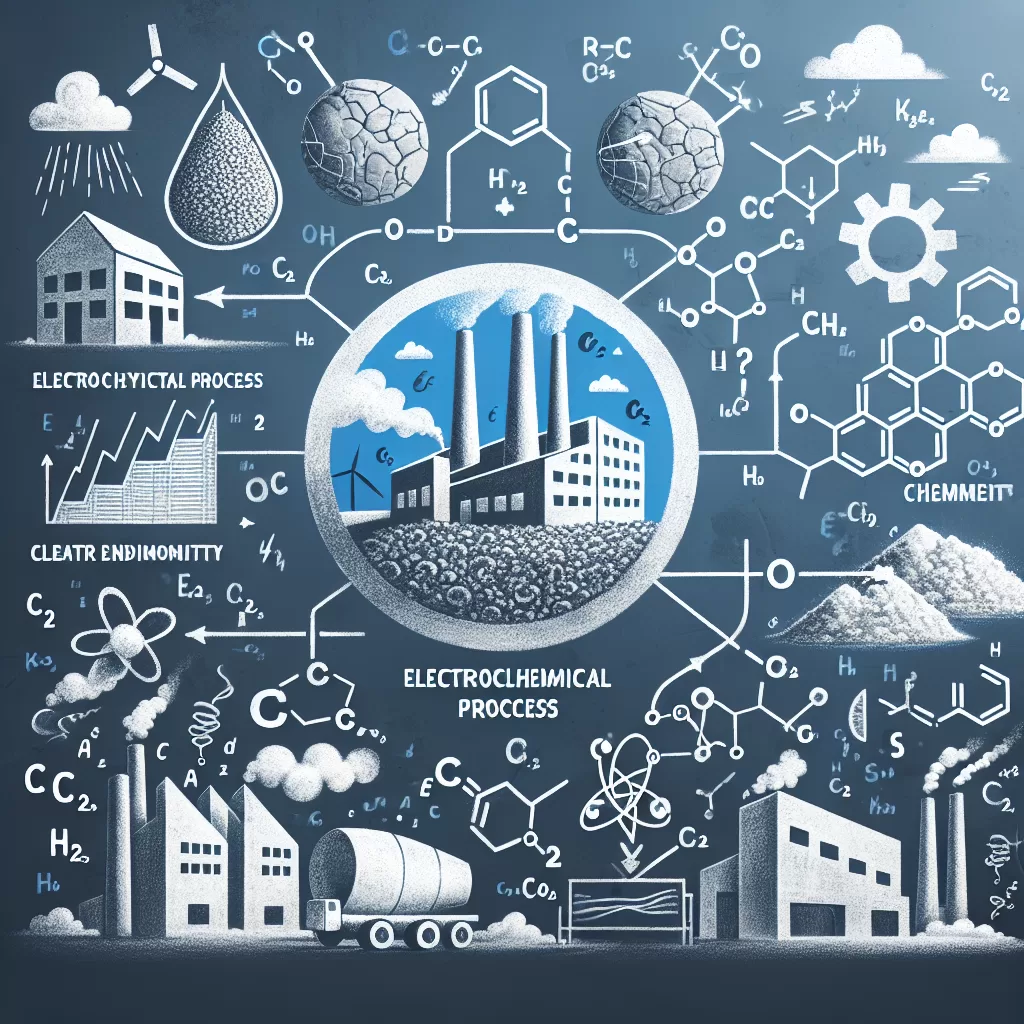New Electrochemical Process Cuts Cement’s CO2 Footprint
The Hard Facts on Cement Emissions
Cement manufacturing accounts for a staggering 8% of global CO2 emissions, second only to the energy sector. This oversized climate impact stems from the extreme heat required to produce cement, typically fueled by fossil fuels like coal. With global construction booming, urgent action is needed.
An Electrochemical Breakthrough
The new University of Michigan approach offers a low-cost, scalable alternative. By deploying an electrochemical process, carbon dioxide released during cement production can be efficiently captured and converted into value-added chemicals like oxalic acid.
“Our process could transform cement production from a major climate issue to a potential climate solution,” explained Jeffrey Greenblatt, lead researcher. “Not only does it eliminate CO2 emissions, but it turns that CO2 into useful products.”
The Road Ahead
While highly promising, the electrochemical method still requires further refinement and real-world testing before commercial deployment. Additionally, widespread adoption hinges on supportive legislation incentivizing low-carbon cement alternatives.
As the global construction sector continues expanding, curbing cement’s environmental toll has become crucial for achieving international climate goals. This University of Michigan breakthrough could pave the way for emissions-free cement manufacturing.

